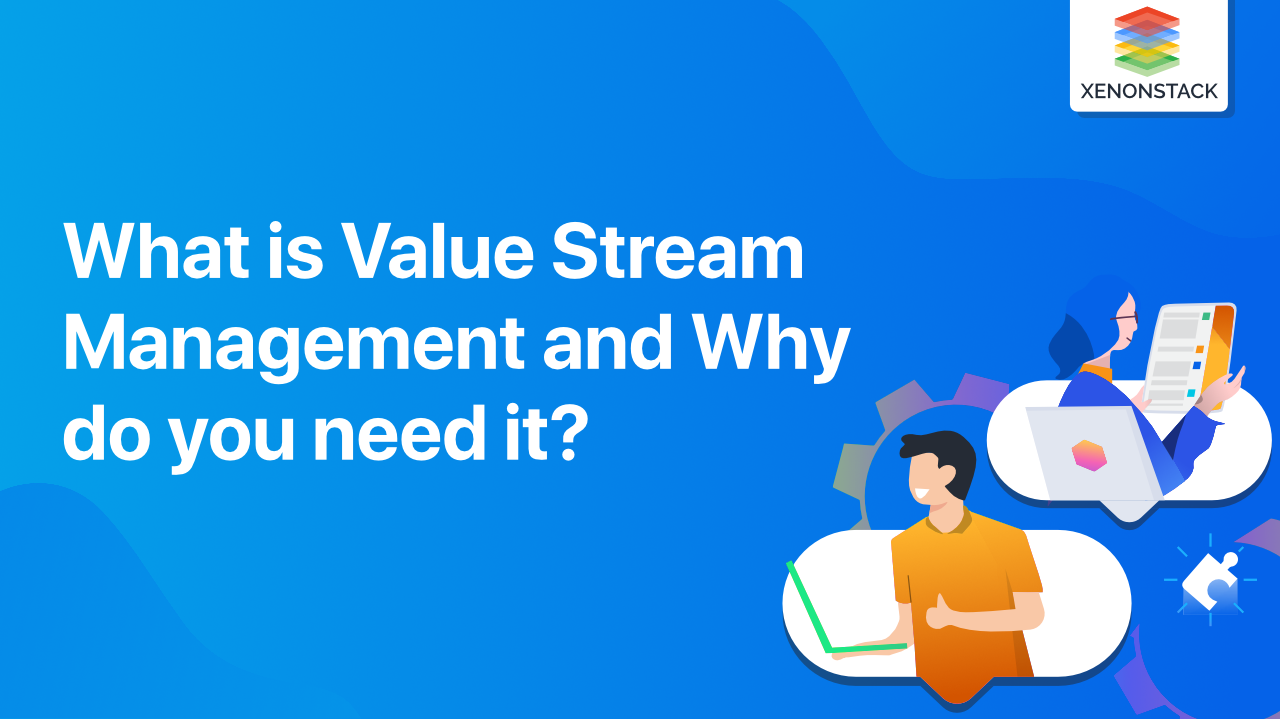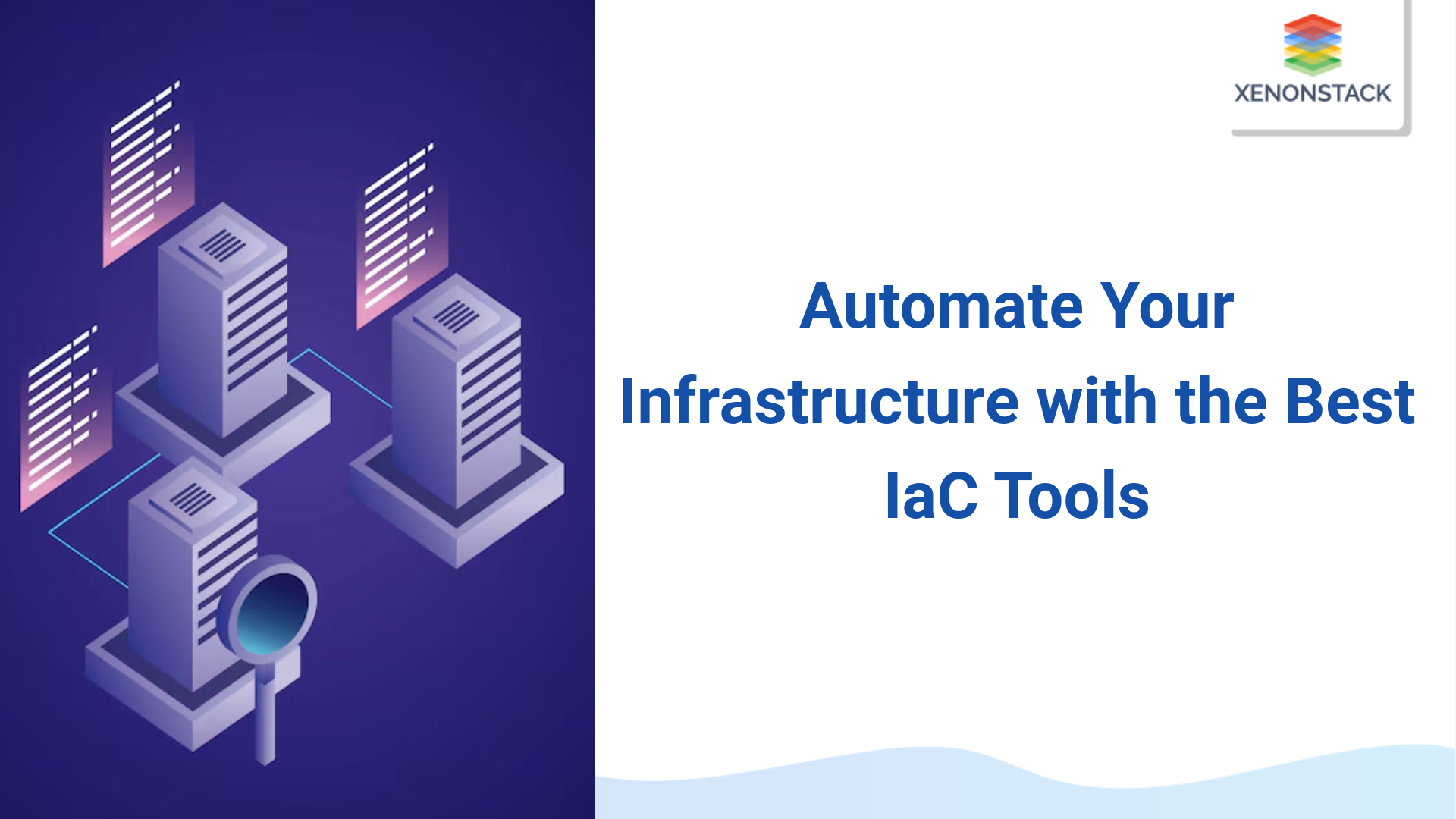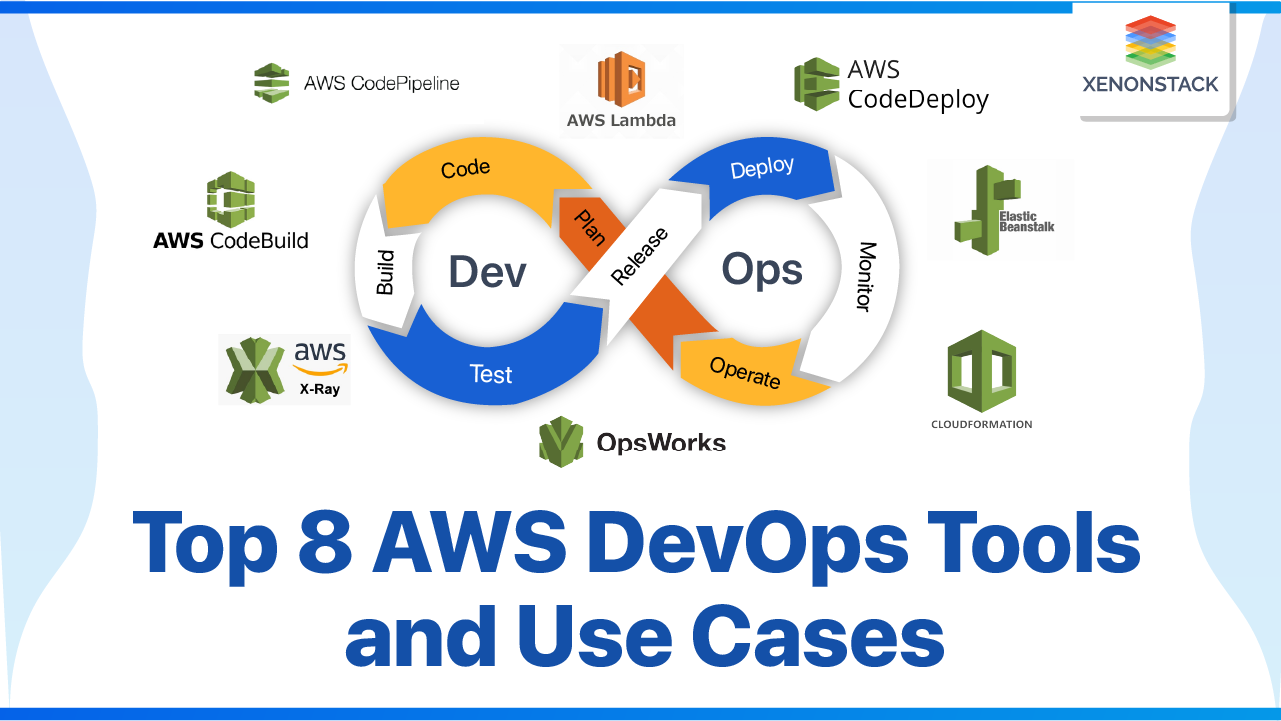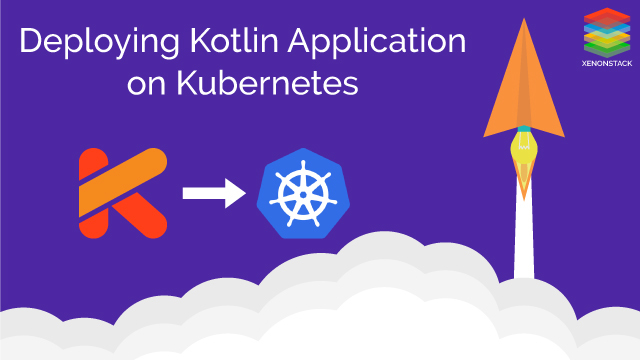
Every IT organization is shifting its focus to generate more business value. They aim to build better software with faster delivery and zero tolerance for security breaches. The company's performance is now measured based on customer experiences, digital products, and revenue generation. They are all trying to achieve the KPIs(Key Performance Indicators) that prove the increased software quality and better customer experience. While many businesses have already adopted a few methodologies, such as Agile, DevOps, and SRE, to support their development initiatives, they still struggle to know exactly what value is derived from their software development efforts. VSM(Value Stream Management) can be critical in answering these questions. It adds business value to the flow from a customer request to customer delivery.
Key Takeaways
- Value Stream Management (VSM) combines people, processes, and technology to optimize the flow of business value from idea to delivery in software development.
- Adopting VSM shifts IT focus from internal project costs to customer-centric product delivery, enhancing overall organizational performance.
- Effective VSM improves disciplines across the software development lifecycle, including ideation, creation, release, and operation.
- Absence of VSM leads to misalignment between IT and business goals, lack of visibility, and inefficient workflows.
- ValueOps enhances visibility, decision-making, and alignment within the VSM framework by integrating various operational functions.
- A Value Stream Delivery Platform (VSDP) combines essential DevOps functions into a unified platform, promoting collaboration and transparency across the delivery pipeline.
- Organizations adopting VSM can reduce waste, improve efficiency, enhance quality, and foster a culture of continuous improvement.
- Future trends in VSDP include increased cloud computing adoption, container-based architecture, and a focus on lean development processes.
- An end-to-end view of value streams is essential for organizations to fully leverage the benefits of VSM and ensure agile management across all business areas.
A methodology or an operating model that establish an Agile relationship between growth and IT operations. Click to explore about our, DevOps on Google Cloud Platform
What is Value Stream Management?
According to Forrester, "Value Stream Management is a combination of people, process and technology that maps, optimizes, visualizes, measures, and governs business value flow through heterogeneous software delivery pipelines from idea through development and into production." (Forrester 2020)
The client is at the centre of value stream thinking, which aids in shifting IT companies from an internal, project- and cost-centric focus to a product operating model. Thinking in this approach allows you to zoom out of the intricacies and look at business processes from a macro perspective, allowing you to uncover strategic methods to improve them.
The macro business process of software delivery in a value stream map includes four phases. Each phase has a set of disciplines, which VSM strengthens.
Below is a list of disciplines that are improved with effective VSM:
Ideate
-
Project & Portfolio Management
-
Enterprise Agile Planning
-
Product Management
-
User Experience Design
Create
- Application Development
- Build and Packaging
- Quality Assurance
Release
- Release and Deploy Automation
Operate
- Incident Management
- Logging, Monitoring, and Alerting
A document that describes what the end-users want the system to do and not how the system works. Click to explore about our, Functional Specification Document
What happens in the absence of VSM?
- Misalignment of the IT teams' vision, strategies, and goals with the business's vision, strategies, and goals.
- Measures of focus lead and lag are missing, which are both critical.
- The inability to provide better visibility and traceability of results results in a lack of awareness about what should be kept and improved.
What is the Role of ValueOps in VSM?
ValueOps is a Value Stream Management (VSM) platform designed to enhance visibility, alignment, and efficiency across the value creation process. Its role in VSM includes:-
Unifying Work: ValueOps integrates business planning, agile delivery, and value stream monitoring into a single platform, enabling leaders to plan, fund, manage, track, and optimize work within a cohesive framework.
-
Enhancing Decision-Making: ValueOps delivers accurate and comprehensive information that aids in improving decision-making processes.
-
Aligning Efforts: ValueOps facilitates alignment among all organisational stakeholders, guiding efforts from ideation to execution.
-
Breaking Down Silos: By providing a single source of truth with relevant insights for each role, ValueOps eliminates organizational silos.
-
Increasing Agility: ValueOps fosters greater agility and enhances awareness of issues and dependencies within the workflow.
-
Promoting Collaboration: ValueOps encourages collaboration between business leaders and delivery teams, enhancing teamwork and communication.
-
Optimizing Resource Management: ValueOps assists delivery teams in managing resources and backlogs more effectively.
What does a VSM Platform do?
A Value Stream Management platform (VSM) is software that helps organizations implement and manage their VSM process. It typically provides a visual representation of the value stream and enables users to track and analyze the flow of work through the various stages of the value stream. The platform may also provide features for managing and optimizing workflow, such as scheduling, capacity planning, and performance measurement.
VSM platforms can improve the efficiency and effectiveness of an organization's operations by reducing waste, improving flow, and increasing customer satisfaction. They can be applied to various industries, including manufacturing, software development, healthcare, and finance.
Reasons to Adopt the VSM Platform
There are several reasons why organizations may want to adopt the VSM platform:
-
Increase efficiency and reduce waste: By identifying and eliminating waste and inefficiencies in a process, organizations can increase their speed and efficiency, resulting in cost savings and improved customer satisfaction.
-
Improve communication and collaboration: VSM helps bring representatives from different organizational functions and levels together towards a common goal. This can improve communication and collaboration, leading to better decision-making and problem-solving.
-
Increase agility and responsiveness: By streamlining processes and reducing waste, organizations can become more agile and responsive to changing customer needs and market conditions.
-
Improve quality: Organizations can improve the quality of their products and services by identifying and eliminating defects and other sources of variability in a process.
-
Foster continuous improvement: VSM encourages a culture of continuous improvement by encouraging teams to identify and eliminate waste and inefficiencies on an ongoing basis.
Steps for Adopting the VSM Platform
To adopt the VSM platform in your organization, you can follow these steps:
-
Identify the process or value stream that you want to analyze and improve. This could be a departmental process, a cross-functional process, or the entire value stream from raw materials to delivering a product or service to the customer.
-
Identify the team responsible for conducting the VSM analysis and implementing improvements. This team should include representatives from all functions involved in the process and be led by a trained VSM facilitator.
-
Gather data on the current state of the process. This may include information on process flow, cycle times, defects, and other metrics. You can also gather data on customer requirements and expectations.
-
Create a current state map of the process. This visual represents the flow of materials and information through the process, including all steps, handoffs, and decision points.
-
Identify waste and inefficiencies in the process. Look for activities that add no value to the product or service, delays or bottlenecks, and unnecessary steps or handoffs. Develop a future state map that shows how the process could be improved. This may include eliminating waste, streamlining steps, reducing handoffs, and improving communication and decision-making.
-
Implement the improvements identified in the future state map. This may involve changes to the process's physical layout, how work is organized and performed, or the tools and equipment used.
-
Monitor the process to ensure that the improvements are effective and identify any additional improvement opportunities.
-
It's important to note that VSM is an iterative process, and it may take multiple rounds of analysis and improvement to fully optimize a value stream.
Empower an Enterprise to achieve more excellent business value, innovate faster, and shorten feedback loops. Click to explore about our, DevOps Transformation Assessment
What flows in a Value Stream?
Customers are willing to trade an economic unit (time or money) for something valuable. Flow Items are the value units flowing in the software value stream. All the efforts across the teams are applied to creating these flow items.
There are four flow items in the software delivery value streams:
-
Feature: It adds a new business value to the product, driven by the result, which is visible to the customer.
-
Defect: It delivers quality to customers by fixing the bugs or problems affecting the overall customer experience.
-
Risk: Security and Risk officers stress that the product's parts should be secure and less vulnerable and should meet the governance and compliance rules.
-
Debt: It involves improving and refactoring the software and operation architecture.
VSM can be applied to any industry or organization that has a process that it wants to analyze and improve. It is particularly well-suited to manufacturing and service industries, where there is a need to optimize the flow of materials and information to deliver products or services to customers. Some specific industries that may benefit from adopting the VSM platform include:Industries Benefiting from VSM Platform Adoption
1. Manufacturing: VSM can be used to analyze and improve the flow of materials and information through manufacturing processes, resulting in improved efficiency, quality, and responsiveness to changing customer needs.
2. Healthcare: VSM can be used to analyze and improve the flow of patients and information through healthcare systems, resulting in improved patient outcomes and satisfaction.
3. Finance: VSM can be used to analyze and improve the flow of financial transactions and information within financial organizations, resulting in improved efficiency and accuracy.
4. Government: VSM can be used to analyze and improve the flow of information and services within government agencies, resulting in improved efficiency and customer satisfaction.
5. Retail: VSM can be used to analyze and improve the flow of goods and information through retail organizations' supply chain and distribution networks, resulting in improved efficiency and responsiveness to changing customer needs.
What are the Advantages of Value Stream Management?
By applying VSM strategies, teams can achieve these advantages:
-
Boost alignment: This is a new way to promote trust and improve decision-making, ultimately bringing teams from all over the company together.
-
Improve effectiveness: Enables teams to identify better and communicate ideas, prioritizing and planning more effectively.
Finally, teams improve their ability to deliver client value.
-
Maximize efficiency: Improves teams' capability to prioritize, plan, and build value streams, allowing them to operate with remarkable agility.
Teams can improve the efficiency and velocity of streams by better coordinating resources and capacity with business goals.
Identify user needs and the problems that need to be solved. It is the first step toward designing and developing a solution. Click to explore about our, Requirements Elicitation Processes
How to Perform Effective Value Stream Management?
Connect, Visualize, and Measure are the three tenets of optimizing flow in software delivery value streams.
Connect
This principle strives to eliminate waste from value streams by identifying necessary and unneeded non-value-adding work.
Unnecessary work that doesn't add value should be removed, and if the work is necessary but doesn't add value, it should be automated.
A few inhibitors are involved in the flow, which we can overcome by automating workflows. The identified inhibitors are:
- Lost Productivity
- Burdensome Traceability
- Frequent Disruption
Visualize
Visualization is the most effective tool for reinforcing those discussions and demands. If you can display live value streams visually, teams can gather around dashboards and solve problems together.
Based on the data collected, we can create a path where value passes from start to finish. This method allows us to determine where the work slows down and accumulates, and then we can determine how to make a product as quickly as possible.
Measure
Typically, organizations identify transformation with the process, activity, and operational efficiency, all of which point to areas that need to be improved.
The issue is that these metrics aren't necessarily directly tied to business outcomes, making it difficult to understand the whole picture based on them. Developers can deploy software multiple times daily, unrelated to business requirements.
Pay attention to the flow metrics, which provide the most helpful information for software development. If you can increase your flow, you'll be well on your way to reaching your objectives. They provide a clear indicator of whether your cash flow is healthy, trending upward, and capable of supporting the intended company outcomes.
What is a Value Stream Delivery Platform (VSDP)?
A Value Stream Delivery Platform (VSDP) integrates essential DevOps functions—such as building, testing, analyzing, integrating, provisioning, configuring, securing, deploying, monitoring, and recovery—into a unified platform, reducing the need for manual tool coordination. Key benefits include:
- Empowers business analysts and product owners to identify feature needs through real-time progress insights.
- Ensures navigation and security with audit logs, even across distributed teams, workloads, and infrastructure.
- Utilizes multi-channel alerts for user-defined events to accelerate processes and quickly address errors.
- Enhances time-to-market and application availability.
- Promotes collaboration by enabling code reviews, information sharing, and efficient delivery.
- Provides transparency across all CI/CD stages, ensuring better tracking, governance, and compliance.
What are the benefits of adopting a Value Stream Delivery Platform (VSDP)?
|
Benefit |
Description |
|
Enhanced Scalability |
VSDP enables businesses to scale DevOps effectively, ensuring rapid and secure delivery of innovation across complex workflows. |
|
Improved Workflow Visibility |
It solves issues with "silent" work periods, where visibility on ongoing tasks fades, keeping progress transparent and manageable. |
|
Integrated Toolchain |
Consolidates development tools and environments, allowing early detection of security issues before releasing new features. |
|
Boosted Collaboration |
Removes barriers from non-integrated, non-standard DevOps tools, enhancing teamwork and facilitating process improvements. |
|
Accelerated CI/CD Gains |
Early adopters of VSDP report exponential improvements in continuous integration and continuous delivery efficiency, adding greater value to business outcomes (Gartner). |
|
Enhanced Security |
Streamlines security integration, ensuring secure development processes throughout the delivery pipeline. |
|
Supports Remote Work |
Maintains a unified toolchain and improves overall management of the development process to address challenges arising from remote work environments. |
What are the future trends of VSDP?
The need for lean development and visibility in the software value stream is deeply rooted in digital transformation and the growing pressure to deliver innovation (and value) faster:
- Mass adoption of cloud computing
- Container-based architecture
- Increase the use of fast development
Companies need scalable solutions to remove waste from their processes to ensure a steady customer value stream. To achieve this, organizations need visibility into shipping processes. When they can assess work quality and process quality, they can continuously improve delivery, helping to get higher quality features into the hands of business users faster pressure for DevOps to create business value.
Conclusion
Value Stream Management makes software delivery efficient by connecting people, processes, and technology, eliminating bottlenecks and risks and reducing inefficiencies. Organizations need the right platform to capitalize on VSM's benefits, one that promotes agile management at an unprecedented scale. To do so, Organizations need an end-to-end view of value streams throughout the entire business, not just IT.
Read Next


